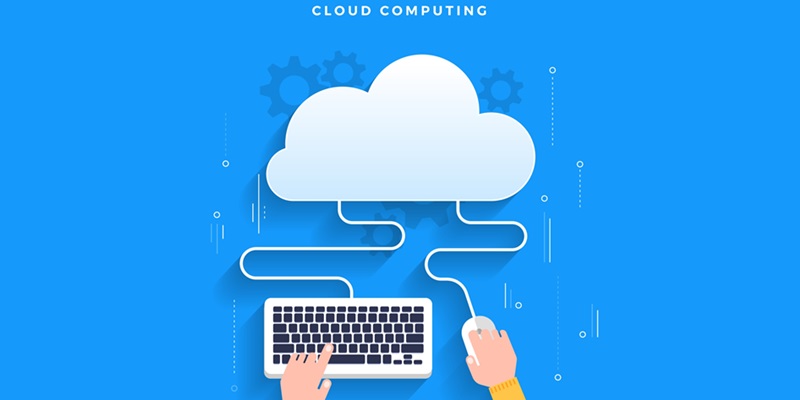Managing cloud costs is crucial for businesses seeking to maximize the value and benefits of cloud computing. While the cloud offers unparalleled scalability and flexibility, it can also be an expensive endeavor if not managed properly. In this article, we will explore various strategies to optimize cloud costs, including right-sizing resources, utilizing reserved and spot instances, harnessing the power of auto-scaling, and leveraging cloud cost management tools.
Understanding resource optimization in cloud computing
To effectively optimize cloud costs, it is essential to understand resource utilization and right-size your resources accordingly. Right-sizing involves aligning your cloud resources with your workload’s actual requirements to avoid overprovisioning or underutilization. By analyzing and optimizing your resource allocation, you can ensure optimal performance and cost efficiency.
Cost-saving strategy: Reserved Instances
Reserved instances offer a cost-effective way to reduce cloud expenses. By committing to a specific instance type and term, you can benefit from significant savings compared to on-demand instances. Reserved instances provide a predictable and stable environment for workloads with steady resource requirements, enabling cost optimization over a longer term.
Cost-saving strategy: spot instances
Spot instances present another opportunity to lower cloud costs. These instances allow you to bid on unused cloud resources, providing access to computing power at remarkably reduced prices compared to on-demand instances. Spot instances are ideal for workloads with flexible timing or non-critical tasks, enabling substantial cost savings alongside high-performance computing.
Utilizing auto-scaling for cost optimization
Auto-scaling is a valuable feature that enables the automatic adjustment of computing resources based on workload demands. By leveraging auto-scaling, you can dynamically scale up or down your resources, matching your workload needs in real-time. This eliminates the need for manual intervention and ensures optimal resource allocation, leading to efficient cost management. Auto-scaling is particularly advantageous for workloads with unpredictable resource demands, allowing businesses to meet fluctuating requirements without overspending.
Importance of cloud cost management tools
Cloud cost management tools play a vital role in optimizing cloud expenses. These tools provide visibility and control over resource usage, expenditure, and potential cost-saving opportunities. By utilizing these tools, businesses can track their cloud costs, analyze spending patterns, identify areas for optimization, and implement effective strategies. From monitoring resource utilization to identifying idle or unused resources, these tools enable businesses to make informed decisions and proactively manage their cloud costs.
Effectively managing cloud costs is crucial for businesses aiming to maximize the value of cloud computing while staying within budget. By embracing strategies such as right-sizing resources, leveraging reserved and spot instances, utilizing auto-scaling, and employing cloud cost management tools, businesses can achieve significant cost savings without compromising performance. In today’s competitive landscape, optimizing cloud costs is a vital step towards achieving cost efficiency and driving overall business success. By adopting these strategies and implementing robust cost management practices, organizations can navigate the cloud landscape with greater financial agility and control.

